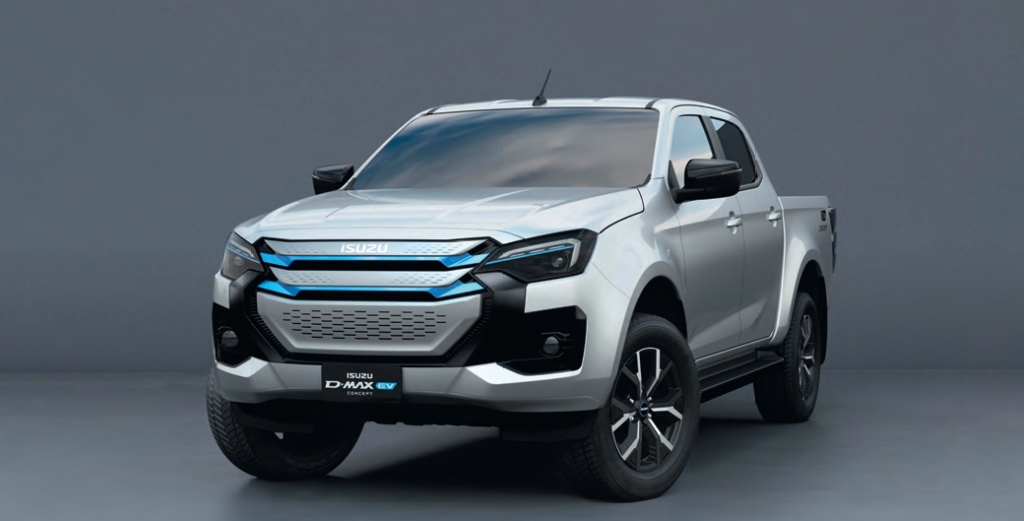As you’ll know if you’re a regular reader of this magazine, for the last few years we’ve been running an Isuzu D-Max as our go-to off-road machine. It was built by Isuzu, to a spec we drew up with the guys there, the idea being that they’d exhibit it at the NEC’s Commercial Vehicle Show then afterwards it would spend a period of time featuring in our roadbooks and green lane guides.
That particular CV Show was the one in April 2020, and we all know how that worked out. But at least the bit about us using the D-Max for green laning went to plan… so much so that it’s still with us now. That’s us sorted, then, but what about Isuzu?
After going to all that effort, they missed out on giving the D-Max GO2, as it was named, its big moment in the public
eye. Then a few months later the all-new model came out, meaning ours wasn’t much use to them any more.
Read the full article in the August issue –

